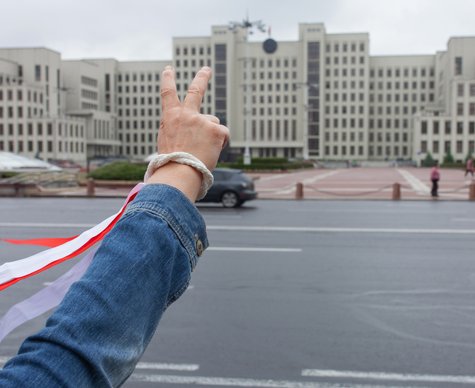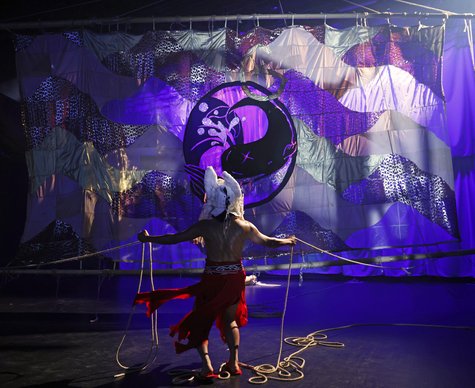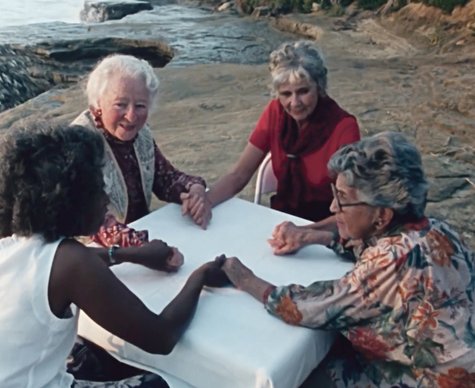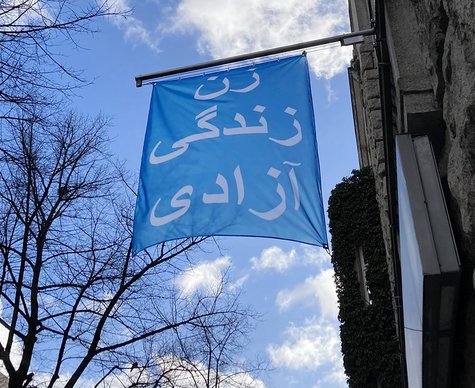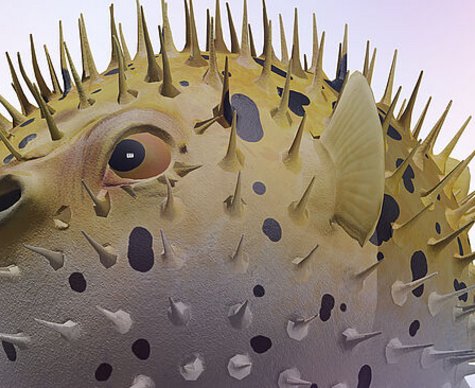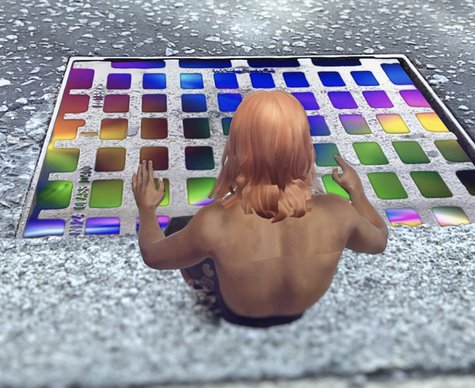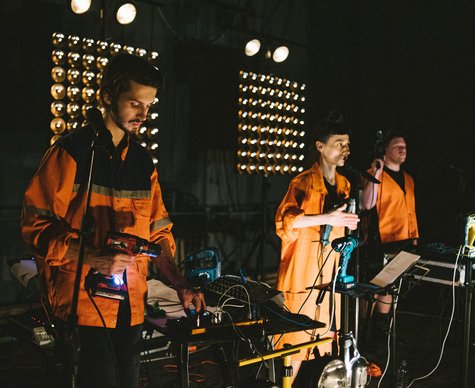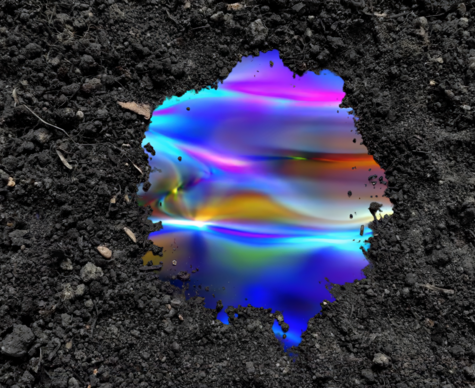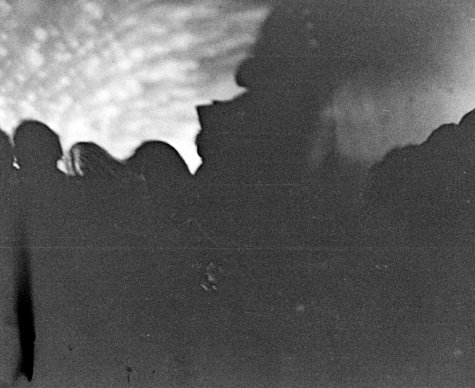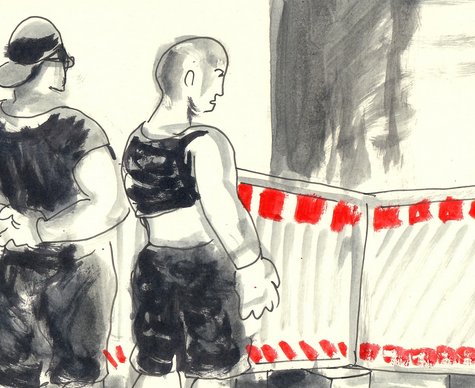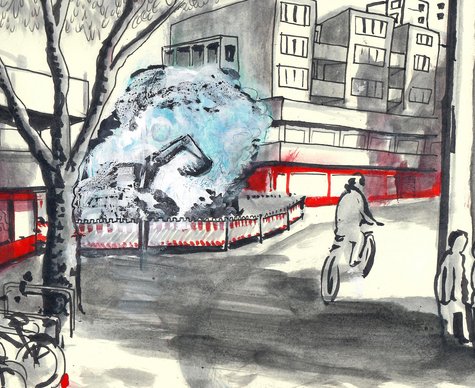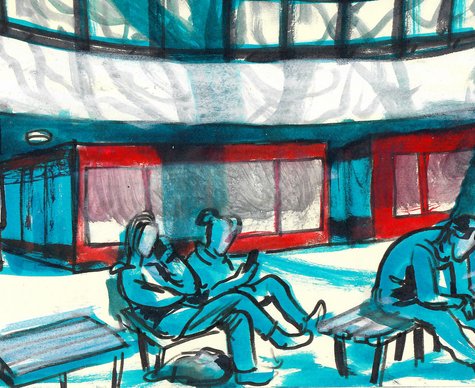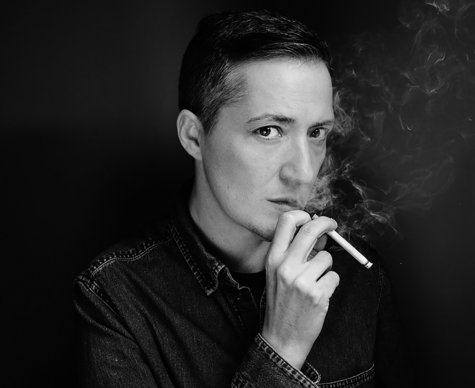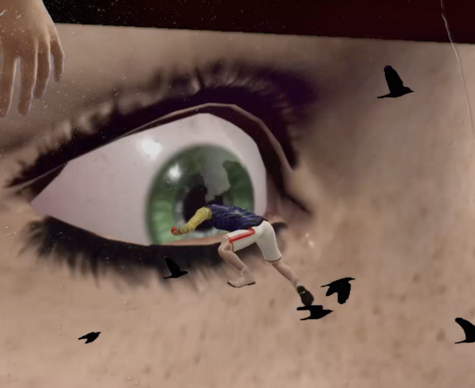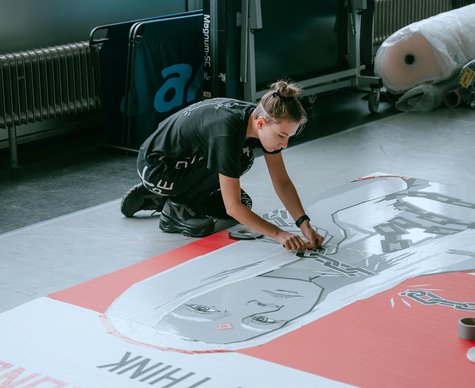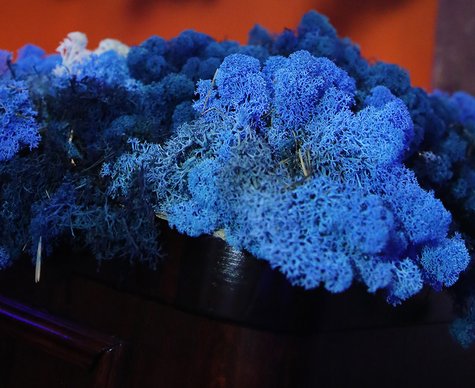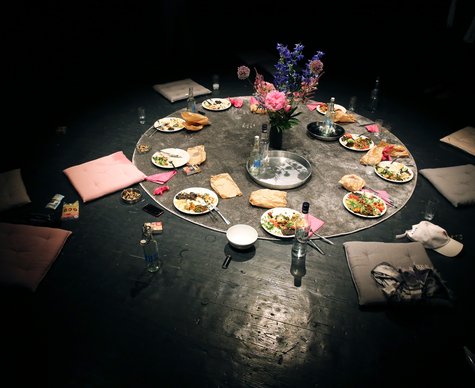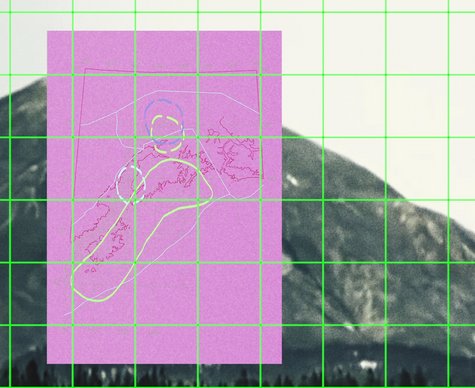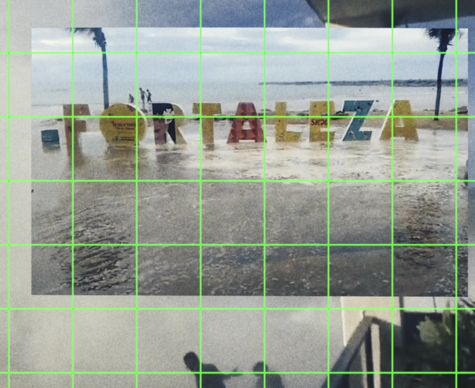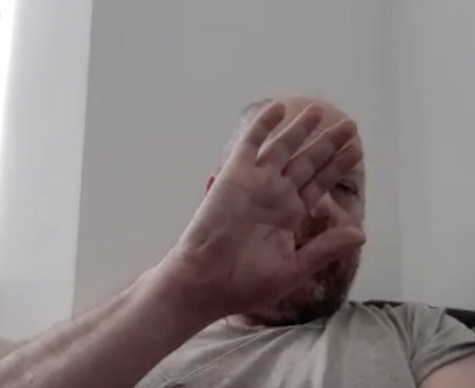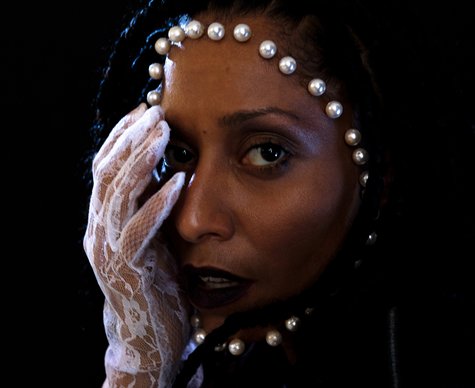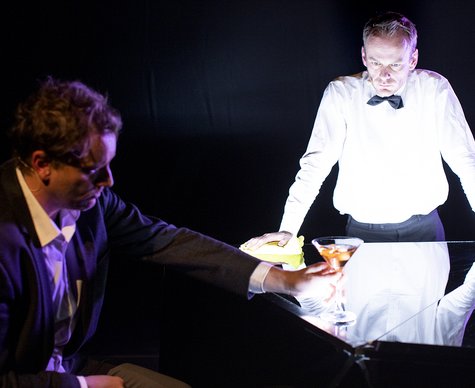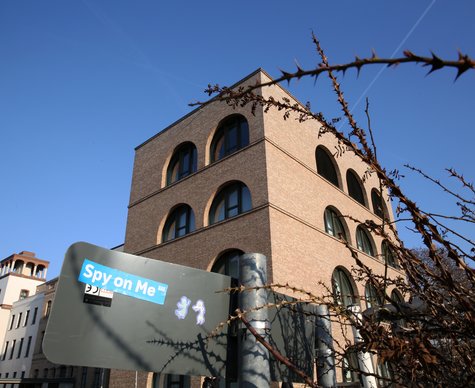Attention: Programme change! CTM 2014 / Dis Continuity
Sounds like Kurenniemi
Erkki Kurenniemi, CM von Hausswolff, Mikko Ojanen, Tommi Keränen, Lucky Dragons /Due to illness Mika Vainio won't be able to perform!
- Music
CTM 2014 pays homage to Finnish composer, designer, artist, technologist, and visionary Erkki Kurenniemi, whose work and ideas have set the stage for the development of electronic music in Finland. A pioneer of digital music technology, his synthesizers built in the 1970s are believed to represent the first completely digital synthesizers, with real-time capabilities, ever made. In collaboration with Helsinki’s Kiasma Museum and the electronic studio of the University of Helsinki, CTM 2014 presents a multi-part programme to shed light on the life and work of this idiosyncratic artist and inventor.
The Sounds Like Kurenniemi programme begins with three original sound pieces, first recorded on tape by the composer. “On-Off” was completed in 1963 at the Electronic Music Studio in Helsinki, a studio that Kurenniemi built himself. The 13-minute long wall of noise and distortion that is “On-Off” is believed to be inspired by the noise of a power plant’s generator hall. The piece, which remains his best-known composition to this day, was recorded in one take during a real-time performance in the University studio using a spring reverb unit, tape echo, and manual tape stretching.
More refined, calm, and melodic, “Saharan uni I. Saharan uni” (1967) was produced using Kurenniemi’s “Integrated Synthesizer”, tape echo, reverberation, and filtering. “Antipidien tanssi” (The Dance of Antropoids, 1968), one of the few Kurenniemi recordings to be released on record during his time as an active musician, evokes techno associations. Conceived via a mix of real-time performance and subsequent tape editing, an excerpt of the piece was also published in 1970 on the album Tombstone Valentine by Finnish prog-rock group Wigwam.
Following these sound diffusions, Mikko Ojanen, a musicologist specializing in Kurenniemi’s body of work, presents “Project QRZ”, which opens the tape sound library Kurenniemi was building at the Electronic Music Studio of the University of Helsinki. As part of the project, Ojanen, Tommi Keränen, and Swedish musician Carl Michael von Hausswolff will each perform their compositions created from Kurenniemi’s recordings.
Mika Vainio first played some of Erkki Kurenniemi’s instruments in the early 2000s, performing together with Kurenniemi himself and with fellow musicians CM von Hausswolff and Ilpo Väisänen. In his performance “DIMI when acting as A – leviathan”, Vainio explores the possibilities and characteristics of Kurenniemi’s DIMI-A synthesizer, which was built in the early 1970s and consists of two oscillators, octave dividers, digital attenuators, three modulators, and two analogue octave filter banks. Played by using two electronic pens, the original instrument is currently on display at the Erkki Kurenniemi exhibition in the Kiasma Museum in Helsinki. For his performance, Mika Vainio uses recordings of the instrument’s sound, captured last November when performing with it in Helsinki.
The programme closes with “Make A Baby”, a participatory performance by American group Lucky Dragons. Using a self-built instrument that transmits electronic currents to individual participants via cables, the instrument’s voltage is modulated by the varying levels of electric resistance of a person’s skin and the ever-changing electrical circuit as participants touch or create distance between one another. Based on the idea and technical principles of Erkki Kurenniiemi’s DIMI–S from 1971 – which he called the “Sexophone” – Lucky Dragons’ "Make A Baby" playfully challenges the social barriers of participants, who engage in a spontaneous communal musical process.
Gefördert aus Mitteln des Hauptstadtkulturfonds, der Initiative Musik, des Beauftragten des Bundes für Kultur und Medien, des Deutschen Musikrates und des Kulturprogramms der Europäischen Union. In Zusammenarbeit mit HAU Hebbel am Ufer, transmediale, Kulturprojekte Berlin, ECAS – European Cities of Advanced Sound, KIASMA – Museum für zeitgenössische Kunst in Helsinki, INA – GRM, EMS Stockholm, Institut für Sonologie am königlichen Konservatorium Den Haag und Dock Berlin.
Dates
Location
HAU2
Hallesches Ufer 34, 10963 BerlinThere are two marked parking spots in front of the building. Barrier-free restroom facilities are available. Four relaxed seats are available in the first row of HAU2. Tickets for wheelchair users and accompanying persons can also be booked via the ticketing system. If you need help, please contact our Ticketing & Service team at +49 (0)30 259004-27 or send us an email to
tickets@hebbel-am-ufer.de.
Latest information for arrival:
There is currently a construction site on Hallesches Ufer between Wilhelmstraße and Möckernbrücke underground station. There is a divided replacement route for pedestrians (right) and cyclists (left), which are separated by a yellow ground line. The carriageway is narrowed to one lane.
Travelling to HAU2 via U Hallesches Tor:
If you are coming from Hallesches Tor underground station, you will have to use an alternative footpath from Wilhelmstraße / Hallesches Ufer junction, which is separated from the carriageway by a construction fence – the actual footpath is currently closed. Please note: the alternative route is also used by cyclists. Pedestrians should keep to the right. We therefore currently recommend that visually impaired or blind visitors come to the HAU with an accompanying person.
Arrival HAU2 via U Möckernbrücke:
When you leave Möckernbrücke underground station, please stay on the footpath on the canal side until you reach Hallesches Ufer / Großbeerenstraße junction – the opposite side is currently closed due to construction work.





















